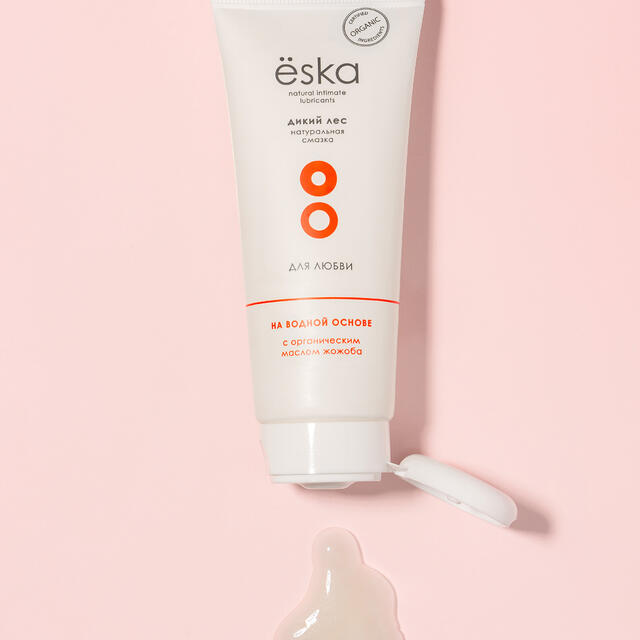
Anal sex is a way to experience pleasure that requires preparation to ensure it is safe and painless. In this regard, anal lubricant is the number one tool. If you do not have a lubricant designed for anal use, it is better to postpone anal play for another time.
The anus is not a self-lubricating environment; it is tight, sensitive, and prone to damage. Its tissues are even more delicate and susceptible to injury than vaginal tissues. This means that engaging in anal stimulation without a specialized lubricant is not an option. Such lubricants must also be as safe as possible. Let's find out what that means.
1. The lubricant should be thicker and provide maximum glide.
2. Vaginal lubricants should not be used for anal play because they have an acidic environment. Nothing terrible will happen, but ideally, you should use a special anal lubricant.
3. The lubricant should have a pH corresponding to typical rectal pH (pH 7.0-8.0). The rectum has minimal buffering capacity for pH. Unlike the vagina, the anus has little free fluid to dilute or change the pH of the lubricant, and its microbiota mainly consists of anaerobic gram-negative and gram-positive bacteria, which is significantly different from vaginal flora.
4. The lubricant should be iso-osmotic for rectal tissues. Like plasma and vaginal tissues, rectal tissues have an osmolality of 270-290 mOsm/kg. The iso-osmotic level is crucial for anal lubricants because rectal tissues are highly likely to be damaged by hyperosmotic lubricants. The rectal epithelium is much thinner and more fragile than vaginal tissue, providing a larger surface area for infection. Additionally, one of its functions is to absorb excess fluid from the rectum. Damage to vaginal or rectal tissues is a major risk factor for STI transmission, particularly HIV. Using an iso-osmotic rectal lubricant minimizes the risk of tissue damage and thus reduces HIV transmission risk.
5. Avoid lubricants containing glycerin and propylene glycol. These ingredients make lubricants hyperosmotic.
6. Be cautious when choosing hybrid lubricants. They almost always have an extensive list of ingredients, and not all of them are suitable for anal tissues.
7. The ingredients should not include:
Fragrances (perfumes)
Parabens and other aggressive preservatives
Pain relievers. Any substance that masks pain, even menthol. Pain is a signal that should not be ignored.
Essential oils, no matter how much I like them.
Silicone, if environmental concerns matter to you. Plus, washing it off is not the most pleasant process.
Aggressive chemicals! Unfortunately, the list is so long that listing them all is impossible.
The anal lubricants available on the market are an even bigger atomic bomb than vaginal lubricants. Manufacturers often use hazardous substances without considering the consequences. I hope you find your favorite lubricant that is both safe and super slippery.
Eskalube "Wild Forest" lubricant is specifically designed for anal use. It is iso-osmotic for anal tissues and has a rectal pH of 7.2.
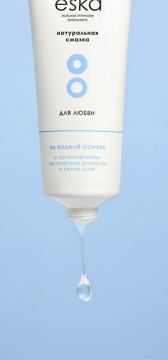 Eska - water-based lubricant, 75 ml
19,50 USD
Eska - water-based lubricant, 75 ml
19,50 USD
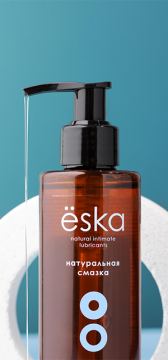 Eska - water-based lubricant, 200 ml
42,40 USD
Eska - water-based lubricant, 200 ml
42,40 USD
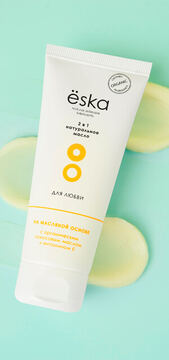 Eska - oil-based lubricant, 75 ml
23,10 USD
Eska - oil-based lubricant, 75 ml
23,10 USD
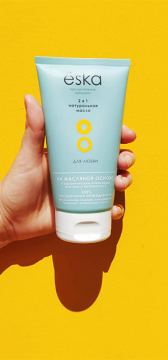 Popular
Eska - oil-based lubricant, 150 ml
38,90 USD
Popular
Eska - oil-based lubricant, 150 ml
38,90 USD
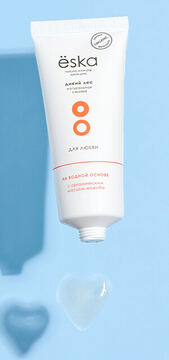 New
Eska - water-based lubricant Wild Forest, 75 ml
19,50 USD
New
Eska - water-based lubricant Wild Forest, 75 ml
19,50 USD
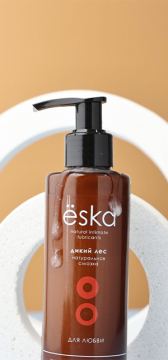 Eska - water-based lubricant Wild Forest, 200 ml
42,40 USD
Eska - water-based lubricant Wild Forest, 200 ml
42,40 USD
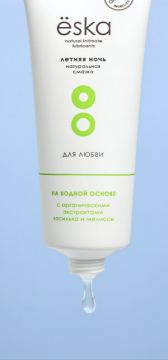 Eska - water-based lubricant Summer Night, 75 ml
19,50 USD
Eska - water-based lubricant Summer Night, 75 ml
19,50 USD
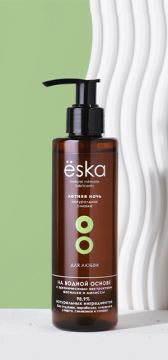 Eska - water-based lubricant Summer Night, 200 ml
42,40 USD
Eska - water-based lubricant Summer Night, 200 ml
42,40 USD
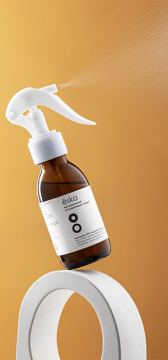 New
Eska - spray for cleaning and disinfecting sex toys
15,90 USD
New
Eska - spray for cleaning and disinfecting sex toys
15,90 USD